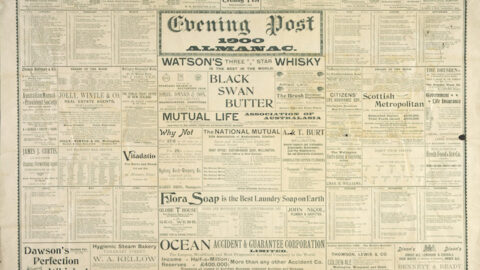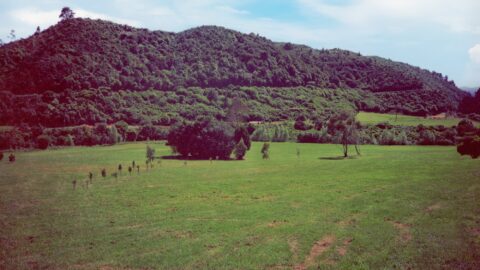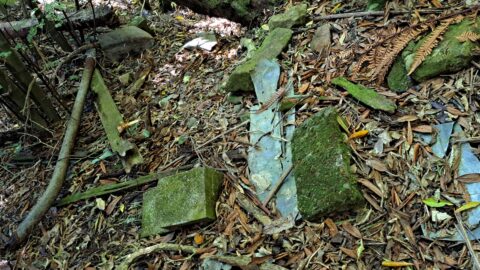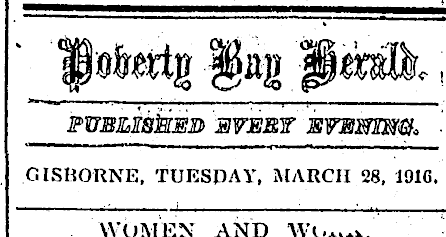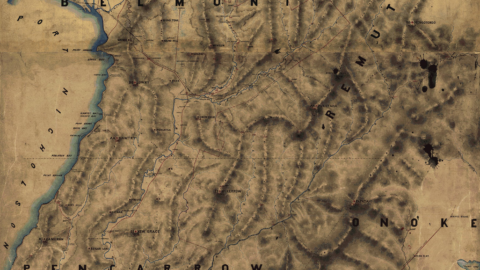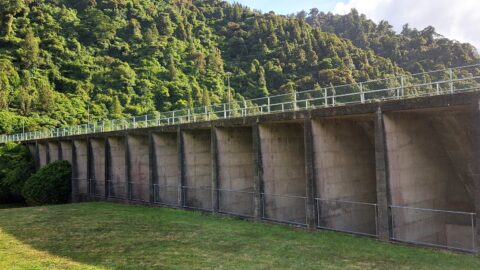WAINUIOMATA WATER
TO THE EDITOR OF THE NEW ZEALAND TIMES,
Sir,
In reply to two letters in your issues of the 15th and 18th instant, I would submit that the estimates as given were in sufficient detail for all practical purposes. They, of course, were those of the City Engineer. This scheme, though an expensive one, is simple and does not require any Heaven-born intelligence to understand.
The estimates, from the nature of the works, are not likely to exceed the sums mentioned, much less so than those connected with the present waterworks. It is a safe assertion that the estimates of the present reservoirs were not greatly exceeded in the final settlement of accounts. Certain alterations caused some work to appear as extras, but these alterations also necessitated allowances being made by the contractor in the adjustment of accounts, so that extras bear only a small proportion of the total cost of works.
The present scheme is, to a great extent, free from danger on this head, as will be seen from the following description. The works commence with a catchment dam, the stream having hard rocky sides available for this purpose; estimated cost, £8,000. This sum has a liberal margin, as it represents the one part that might exceed the engineer’s estimate.
Next comes the open race, one mile in length. Estimating the cost of excavating an open drain is a very difficult matter and requires great engineering skill. From this point, digging a ditch three miles long and laying pipes is another vast undertaking.
Then we come to the tunnel through the hill, of a given length and size, with so many yards of clay and rock to be excavated. This scarcely requires a Brunel or Stephenson to undertake, especially as we have a tunnel from the present reservoir of about the same length to quote as a precedent, much like lawyers do.
From this, the line comes down the hill to the sea beach at the mouth of the Hutt River, crossing it on a narrow bridge. The pipes pass along the Petone beach, about high water mark, with nothing but sand to excavate until the Hutt Road is reached. Thence, it follows the road on the outside to Pipitea Point, Wellington.
No serious possible difficulty can arise, except in the mind of one wilfully prejudiced. The cost to this point being under £100,000, the £30,000 above this amount will be ample for carrying pipes through the city. It must also be noted that an expensive part of the present system—namely, the junction of the houses with the street pipes, a work costing many thousands of pounds—is excluded in this instance. These pipes will connect at short intervals with new pipes, saving the cost of new connections. This will also ensure the present supply remains connected to the town in case of accidents to pipes from Wainuiomata.
The next question is the cost of the land the pipes will pass through. The first mile and a half runs through Messrs. Sinclair’s property, and, from information received (to quote the policeman), the cost of this part will be small or nil. Beyond this point, if any objections arise from property owners, there is a public road available for the next three miles, except for a few chains near the tunnel. On this side of the hill, it will pass through Dr. Grace’s property, but as the damage done cannot be of a serious nature, no large claim is likely to be made by this gentleman. From here to Wellington, it will run through public property.
The cost of pipes is a simple matter. Using a standard work on hydraulics, you first determine the pipe thickness required to withstand a given pressure. Given the diameter and length of the pipe, along with the thickness of iron, you calculate the weight. Multiply the number of pipes by the length and weight, and you arrive at the total number of pipes required, weighing so many tons, at so much per ton. It’s an appropriate exercise for our grammar schools.
The writer in today’s issue quotes Mr. Marchant’s statement on cost. Now, he admitted that his figures were guesswork, as they were not based on any data. For example, the quantity of pipes required to reach Pipitea was 4,000 tons less than his estimate. Furthermore, the price he placed on them was £2 to £2 10s higher than the market value. Therefore, his statement may be set aside—not out of disrespect to Mr. Marchant, but because his calculations were not based on accurate data.
The same writer assumes the present water supply is sufficient for 50,000 people. Let us test this claim. For 50,000 inhabitants, with a supply of 50 gallons per head (as in sewered cities receiving 80 gallons, like Philadelphia), 2,500,000 gallons per day are required, equating to 913,500,000 gallons annually.
Even if all available water from the present watershed was saved, it would provide only 405,000,000 gallons—less than half the necessary quantity. The normal summer flow of the stream is about 300,000 gallons per day, averaging 450,000 gallons in winter and summer, with the remainder being flood water. To secure this wasted flood water, new reservoirs capable of holding 200,000,000 gallons would be necessary, at a significant cost.
Our present dam, which holds about 50,000,000 gallons, cost £20,000. Four times this capacity would cost £80,000. Even with the South Makara stream brought in, the supply would only amount to one and a half million gallons per day, falling short of the required two and a half million gallons. Thus, any increase from that source would only offer temporary relief.
The volume of the Wainuiomata stream’s flow was tested by Mr. Clark during his visit, along with a rough cost estimate. This should suffice as a second engineer’s opinion.
Lastly, regarding quality: the water above the present reservoir is pure enough in summer, but rain naturally washes down steep hillsides, carrying a plentiful supply of vegetable matter and sheep washings. These, deposited in an almost stagnant basin, inevitably result in the generation of animal life, which, when introduced into the human system, can produce fatal results.
Therefore, anyone who values their life and that of their family should vote today for a plentiful and pure water supply, free from stagnant sheep washings from Makara or elsewhere.
—I am, &c.,
H. F. Logan
Tags: Newspaper Pipeline Sinclair Tunnels Water Race Waterworks

